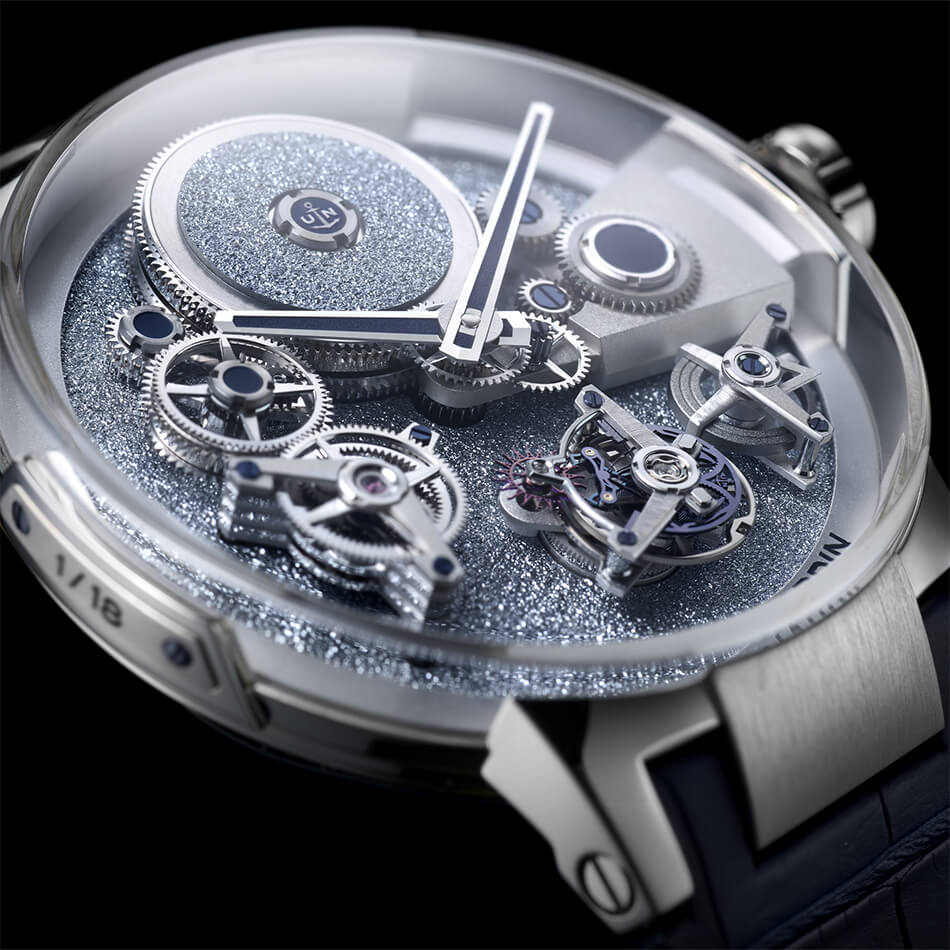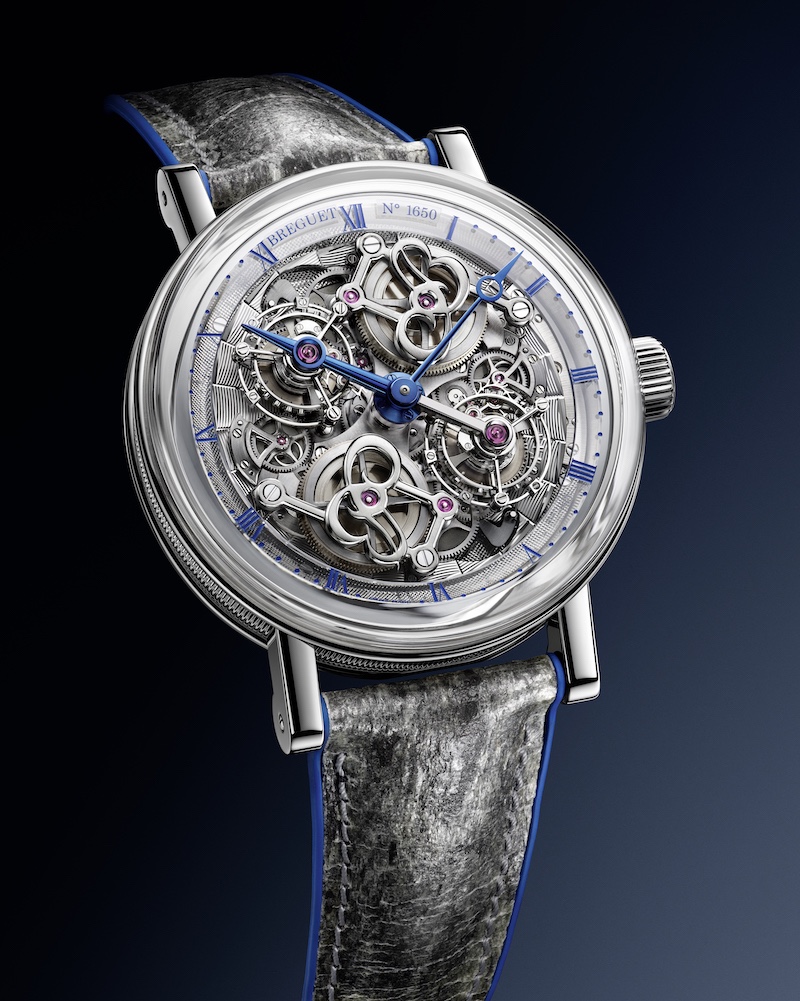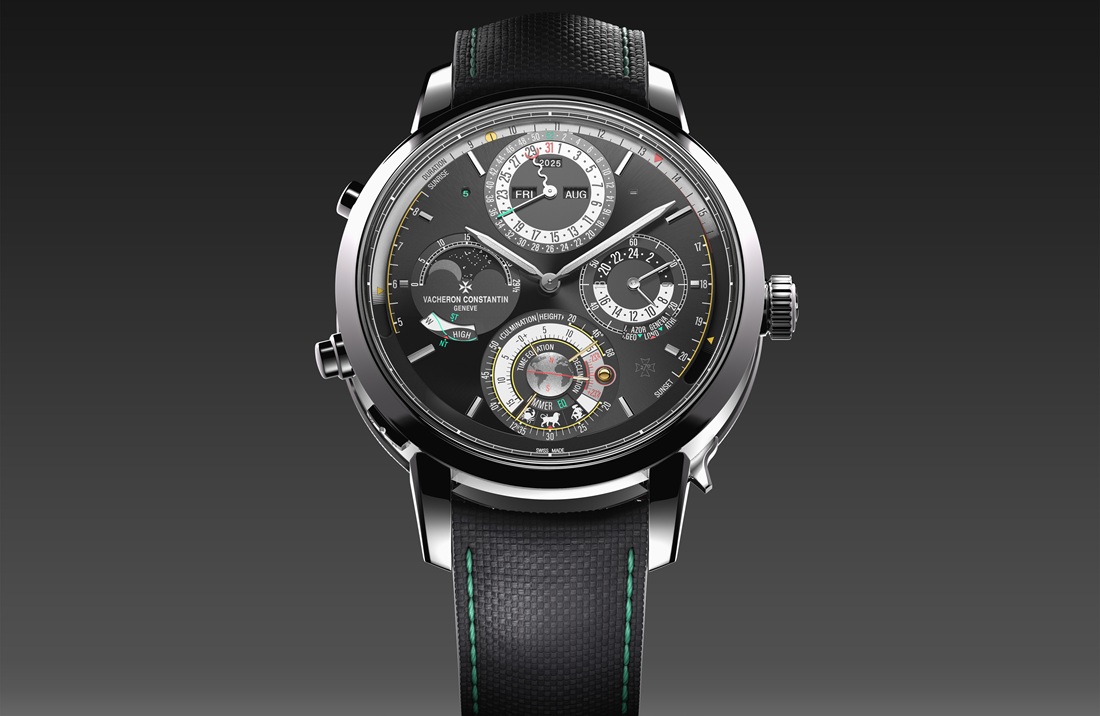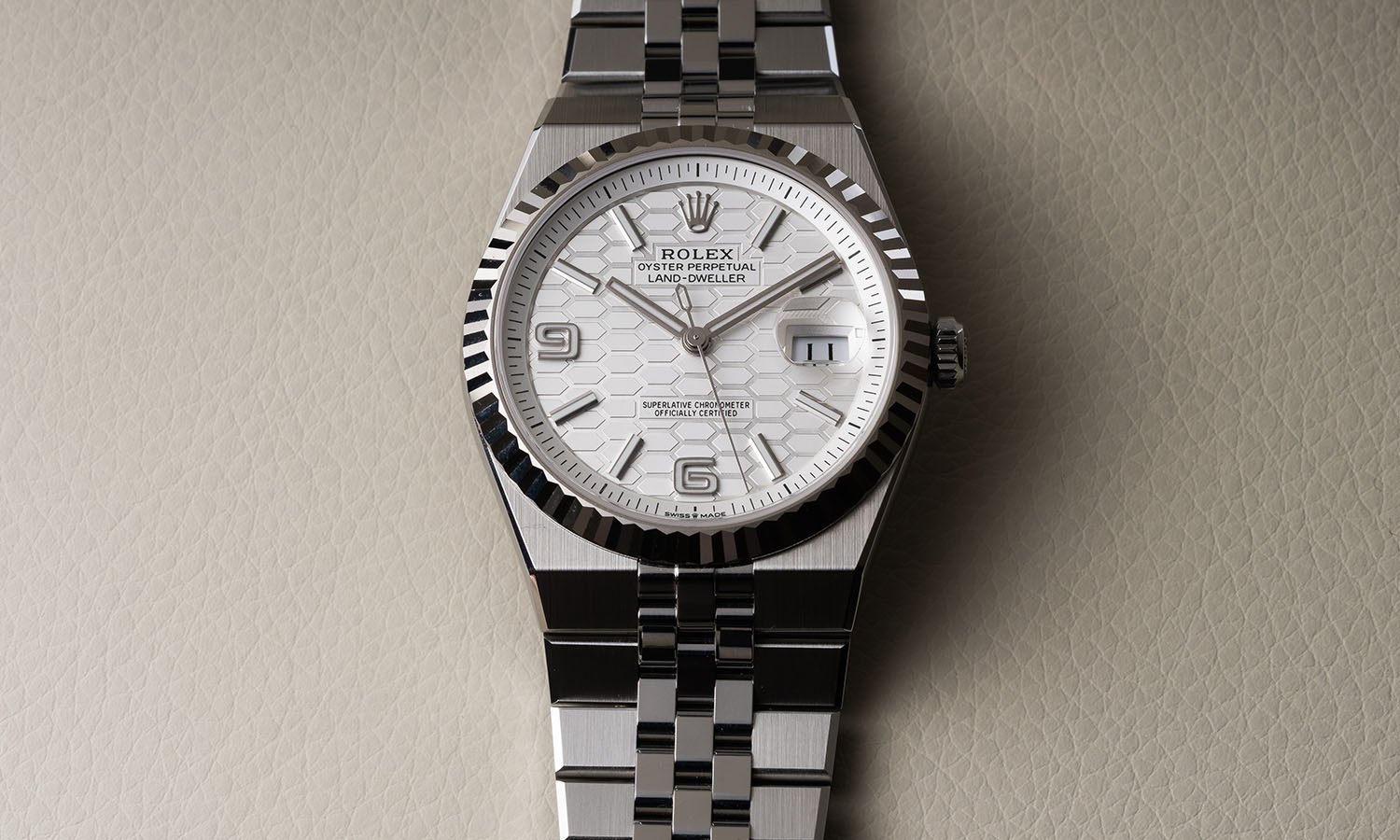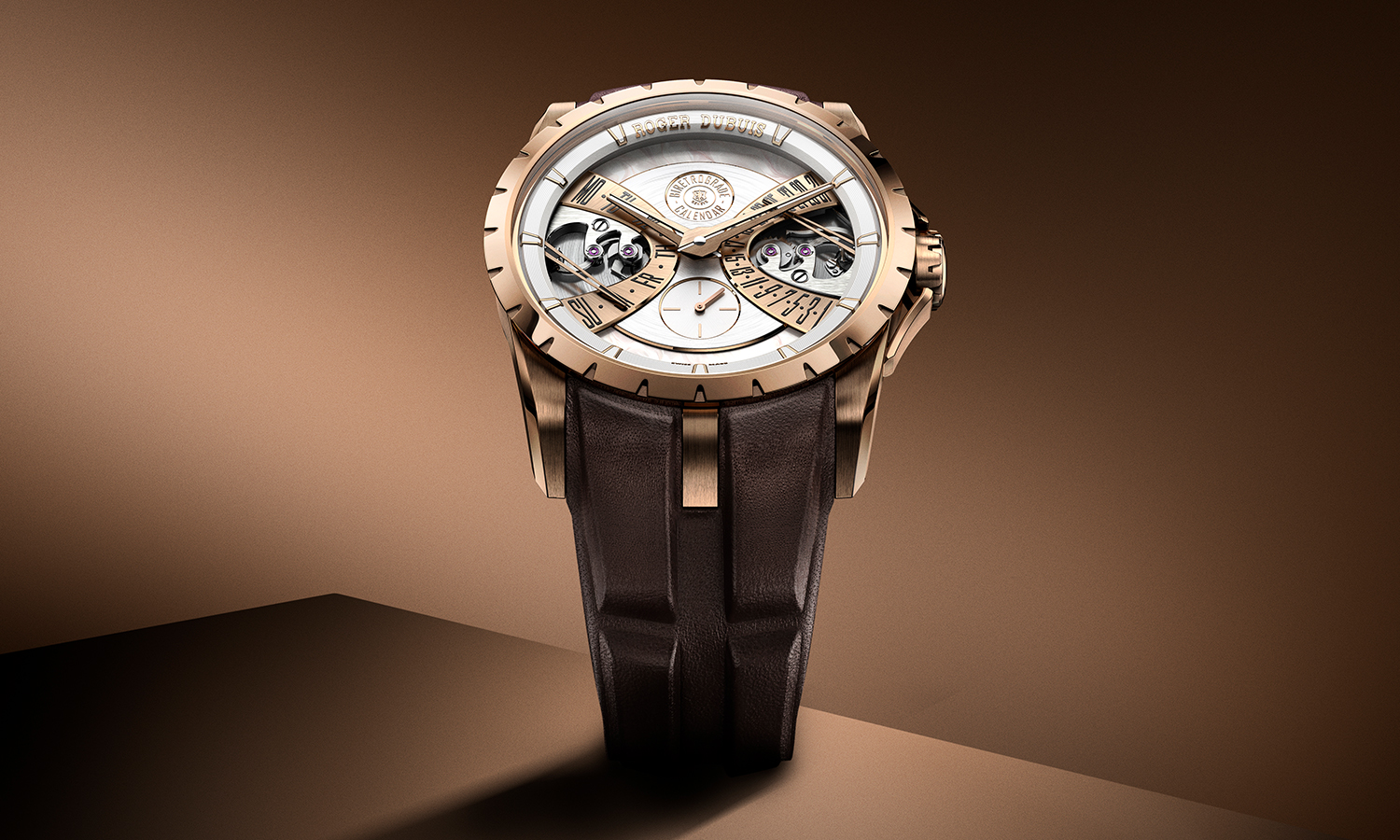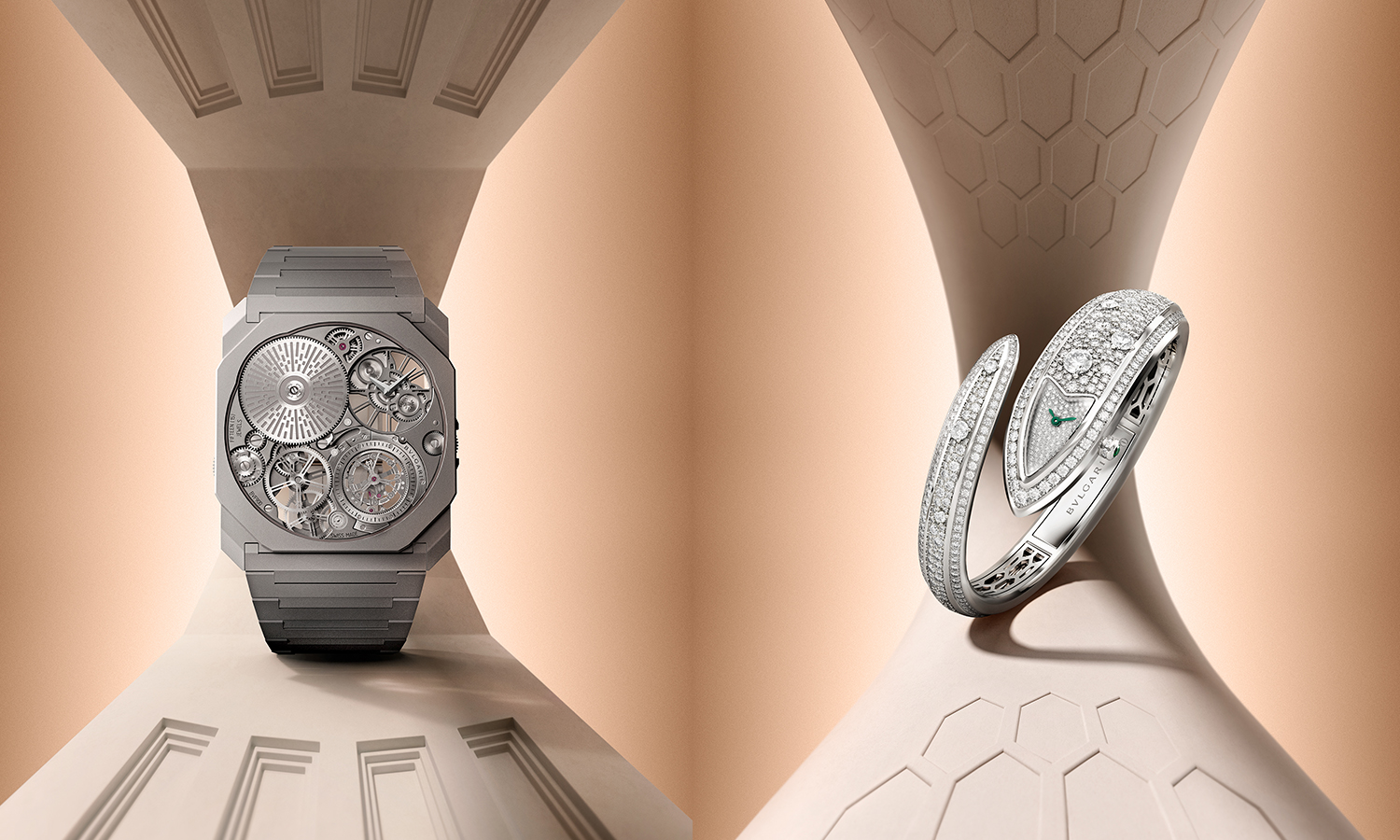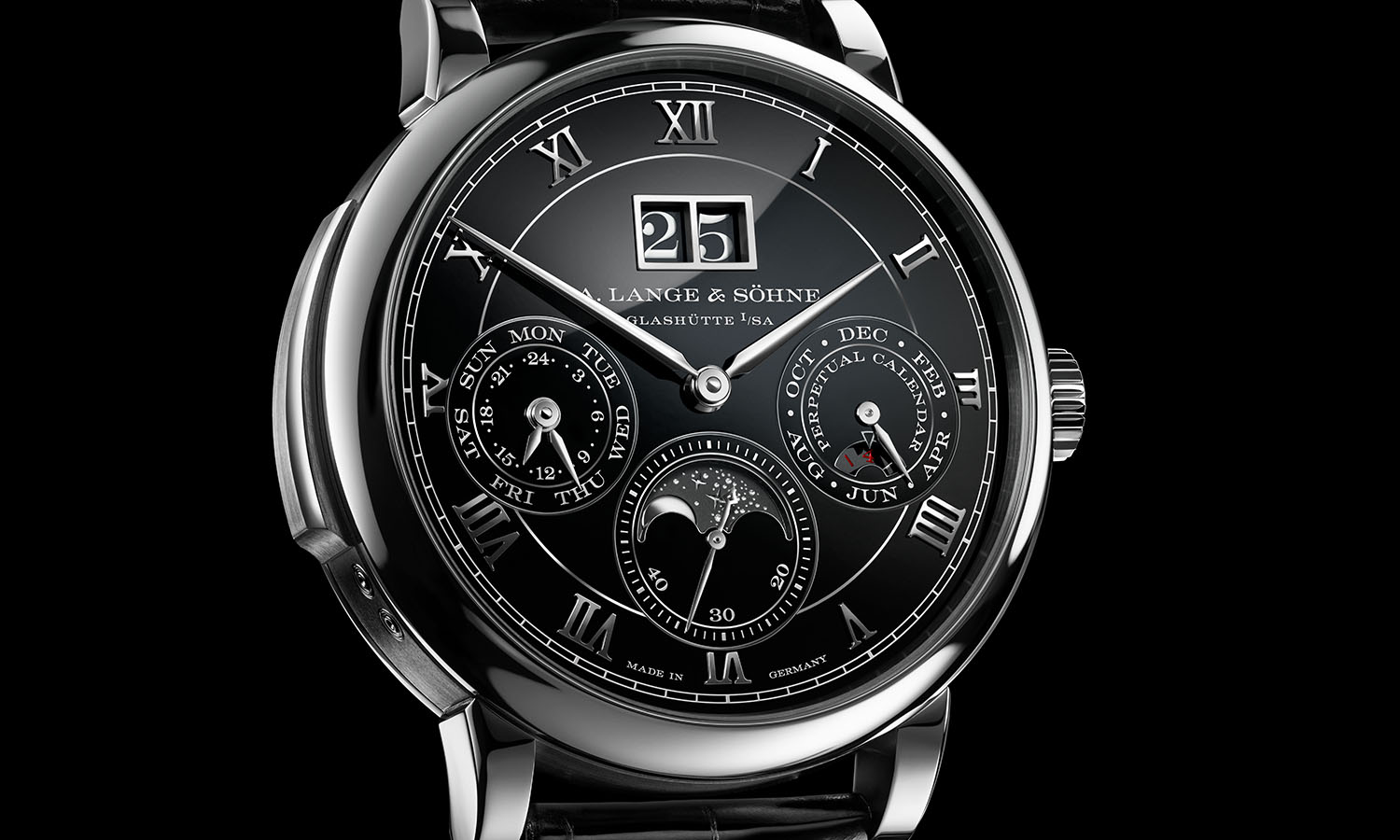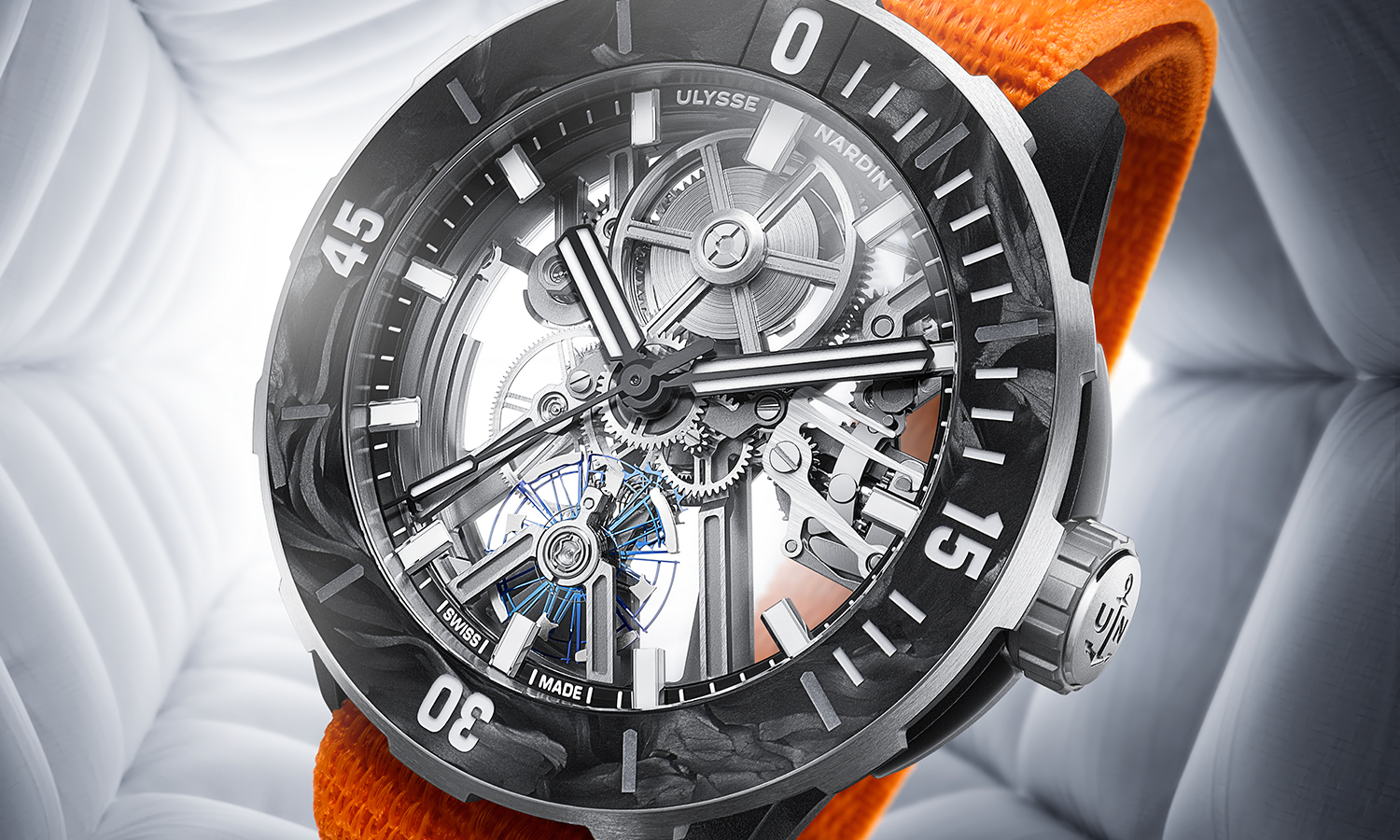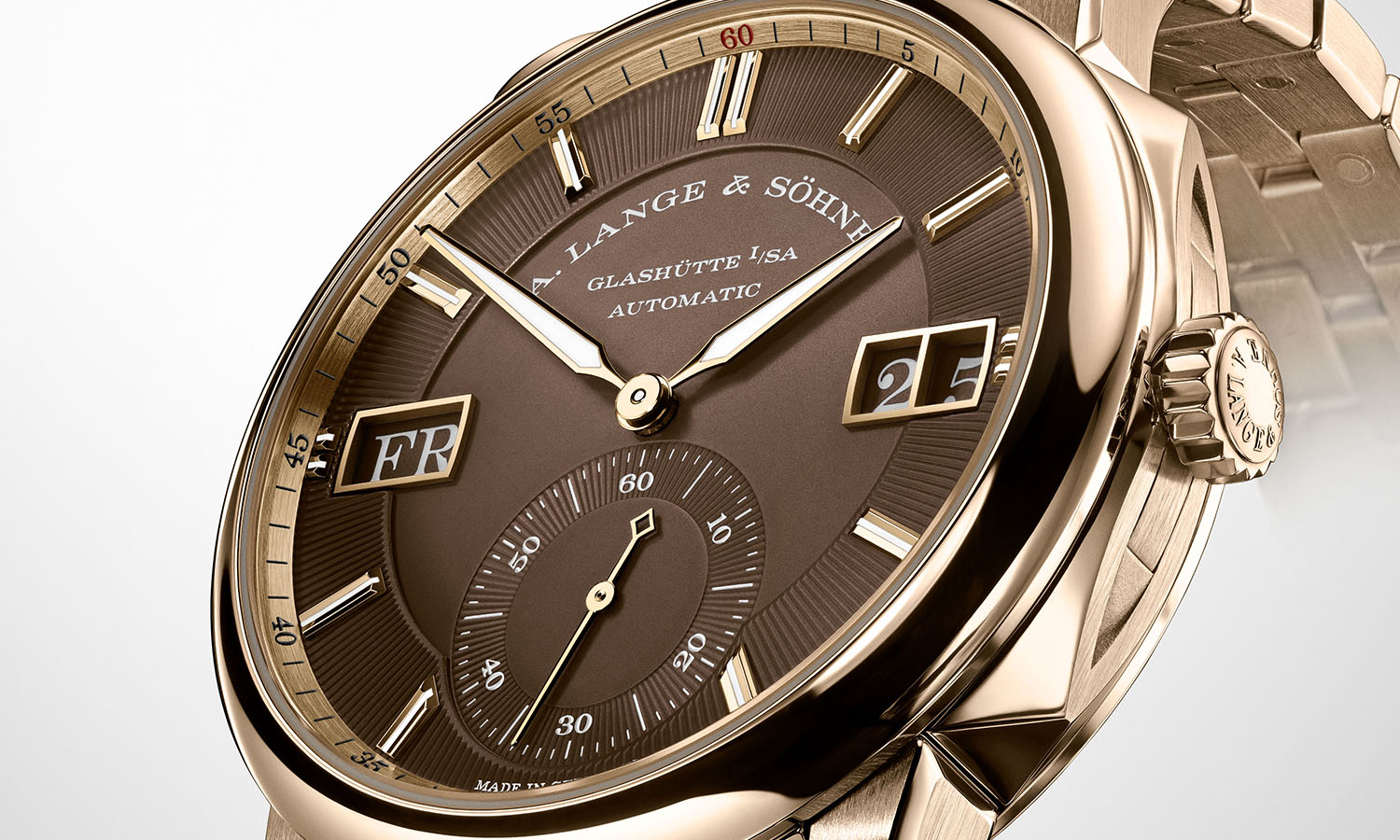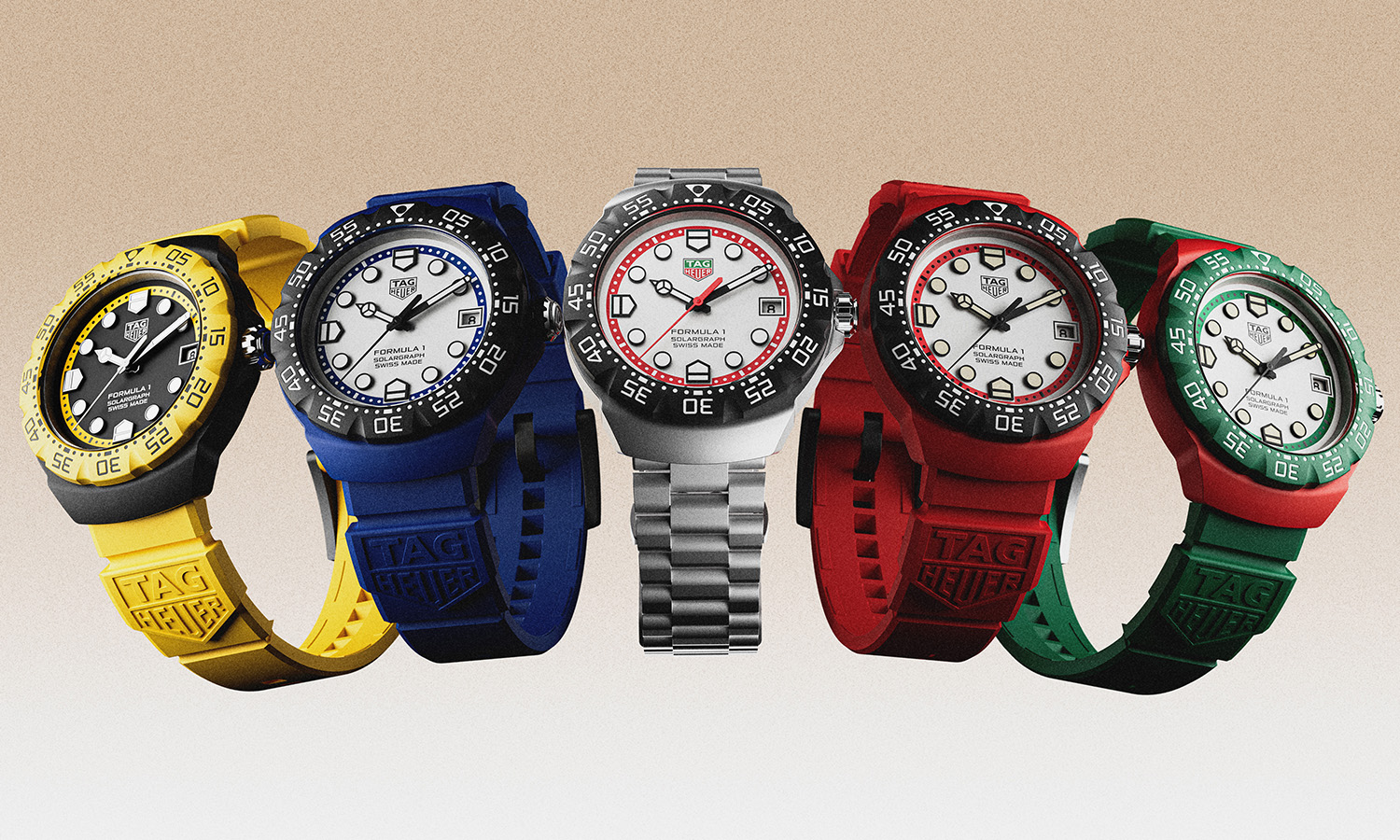
Unconventional Tourbillons That Set The Pace For The Future
A tourbillon is often considered one of the most traditional complications. One thing that comes into play with this is its respectable age as it was developed by Abraham-Louis Breguet in 1785 and patented in 1801. However, it took until the revival of watchmaking after the quartz crisis to be used extensively in wristwatches. Now there hardly isn’t a brand that doesn’t have one in its collection. Standing out can then be a challenge, but at the same time, it also offers the opportunity to innovate and pave the way for the future of this highly regarded complication.
The Free Wheel by Ulysse Nardin is such a watch. Not only does it feature a contemporary case with box sapphire crystal, it also has a unique dial on which the vast majority of the moving parts of the movement are placed. As there is no visual connection, it seems like magic. A prominent place is for the flying tourbillon. Ulysse Nardin is a brand that loves to innovate with technology, especially when it comes to escapements. This flying tourbillon features a constant escapement and has its escapement wheel, balance spring, and anchor made from silicium, significantly reducing both friction and wear.
The Girard-Perregaux Tourbillon with three gold bridges was first created in 1860 and became an instant brand icon. Especially during the renaissance of mechanical watchmaking in the 1990s, there was a great interest in this movement, which the brand incorporated in several different wristwatches. Like Ulysse Nardin, Girard-Perregaux is a brand that likes to innovate, and even icons are not safe. The result is an avant-garde take on this traditional movement. In its latest creation, Girard-Perregaux teamed up with Aston Martin and took an architectural approach. The entire movement is suspended by its bridges, hanging inside a case made from Grade 5 titanium and coated with black Diamond-Like Carbon.
Breguet not only invented the tourbillon, but they also continue to develop it further. In 2006 they launched their stunning Double Tourbillon, and this year they released the Classique Double Tourbillon 5345 “Quai de l’Horloge” to mark the 220th anniversary of this invention’s patent. What makes this watch so exceptional is that Breguet took away the dial, allowing you to see most of the gear train. Both tourbillons are connected through a differential, and the plate they are on makes a full rotation every 12 hours. This also allows Breguet to uniquely incorporate the tourbillons in the hour hand of the watch. The engravings on the back of the movement are second to none and show the house where Abraham-Louis Breguet had his workshop since 1775, at 39 Quai de l’Horloge in Paris, beautifully connecting past and present.
 SIGN UP
SIGN UP

